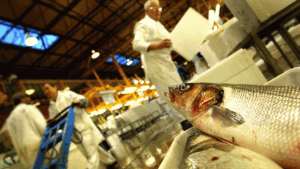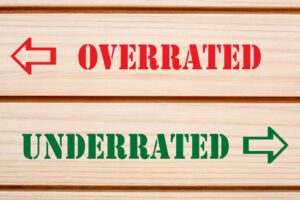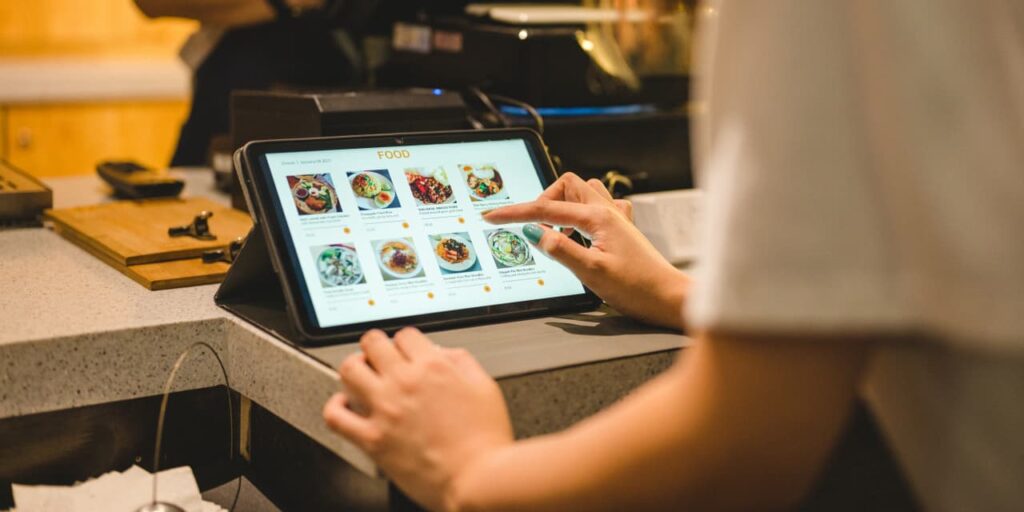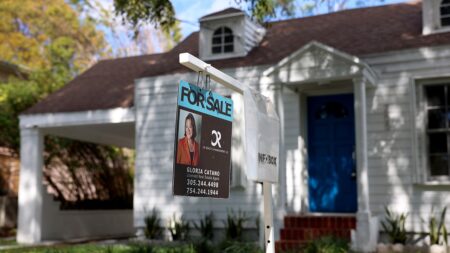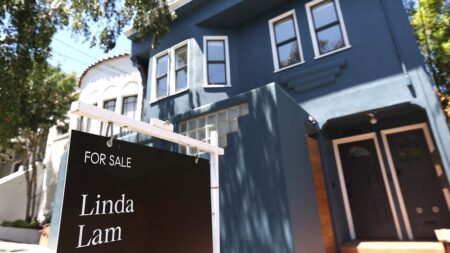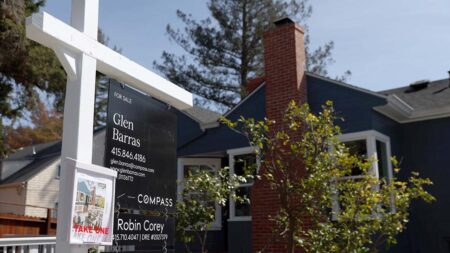Don’t be fooled by any claims from restaurant chains that they will not adjust menu prices at various times of day, say industry experts.
The reality is that surge — or dynamic — pricing is the future of dining, experts warn.
“It’s written on the tablets of fate,” said Steve Zagor, a veteran New York-based restaurant consultant who also lectures about the industry at Columbia University.
The issue arose this week when news broke that Wendy’s
WEN,
the fast-food chain, was looking to put such a model into effect as early as 2025. The idea behind surge — or dynamic — pricing, a strategy embraced by companies ranging from airlines to ride-share operators, is to essentially charge customers more when there’s peak demand and less when that demand drops off.
Wendy’s faced immediate consumer backlash to the news. Since then, the company has expanded upon what it initially revealed on a call with analysts and is now saying its intentions about surge pricing have been misconstrued.
In effect, the chain will use the variable pricing model to offer discounts at slower times of the day, Wendy’s said in a blog post.
“We … would not raise prices when our customers are visiting us most. Any features we may test in the future would be designed to benefit our customers and restaurant crew members,” the company said.
Meanwhile, other restaurant chains have reacted to the Wendy’s situation by positioning themselves as anti-surge.
Burger King
QSR,
has rolled out a “No Urge to Surge” promo that gives customers a free Whopper or Impossible Whopper with any purchase of $3 or more through its app.
Tom Curtis, president of Burger King’s U.S. operations, said in a statement to MarketWatch that “As the leader of this company, I will never support surge pricing or charging people more when they’re hungry. When our guests come to us, it’s our opportunity to give them our very best — in service and value for their hard-earned money.”
Other restaurant chains, including KFC and Chili’s, also told MarketWatch that surge pricing is not part of their plans.
“At Chili’s, we are all about delivering the best value every day with no gimmicks … We would never, ever do surge pricing,” said George Felix, a vice president and chief marketing officer of Brinker International
EAT,
the company behind Chili’s.
“ Surge pricing ‘is coming, but it will take a while … Restaurants want to figure out all this digital investment.’”
And yet, the truth is that many restaurant chains have invested millions of dollars in the very technology — namely, apps and digital menus — designed to make surge pricing a reality, experts note. That is, the technology exists in part so that menu tweaks can be made on a moment’s notice.
Mark Kalinowski, a fast-food analyst, said surge “is coming, but it will take a while … Restaurants want to figure out all this digital investment” they’ve made.
Actually, for some restaurants, from chains to independent operators, surge is already a reality.
Sauce Pricing is a Los Angeles-based company that specializes in assisting restaurants with developing a surge or dynamic program. On its website, the company notes that the need for such a model is greater than ever to combat everything from rising food and labor costs to pricey commissions paid to delivery services.
And the benefits for embracing the model are not insignificant.
“You may have the opportunity to increase item prices by 10%-20%,” Sauce Pricing noted on its site. The company didn’t immediately respond to a MarketWatch request for additional comment.
In some ways, restaurants have already had surge or dynamic pricing — or at least some primitive form of it — in effect for decades, experts note. Think of the early-bird or happy-hour specials that have long been features of the dining scene: They are just a form of promoting different pricing to attract customers at off-peak times.
Plus, experts note that the discounts restaurants provide via their apps —and often promote to app users on an almost daily basis — speak somewhat to the idea of surge or dynamic pricing. It’s all about using technology to get people in the door.
Still, restaurants will need to be careful about how they approach instituting any surge-pricing plans. As the Wendy’s example illustrates, there can be an uproar if people learn they’re paying extra to dine at certain times.
Which is why experts note restaurants must play up the off-peak savings that come with variable pricing, not the peak-time added costs.
Surge pricing “needs a better phrase” said Kalinowski. His suggestion? Call it “happy pricing.”
Read the full article here



